We take a look at favorite holiday sci-tech gifts, including the SparkFun Inventor’s Kit, Logicomix, Manga Guide to Electricity, Lego Mindstorms, a fun new novelty for anyone on your list – giant microbes. After the show, we also voted to add yet one more item to your last-minute gifts – a mesh bag of any size, for . . . what else? Catching neutrinos.
Also on the show this week, How on Earth’s Roger Wendell describes a new way to clean irrigation ditches, called, a “Self Cleaning Trash Screen for Irrigation Water (Watch on You Tube).”
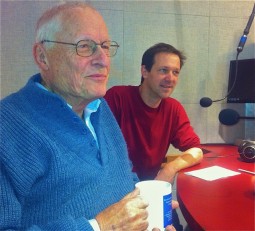
Local author and scientist Dick Williams talks with How on Earth’s Chip Grandits about Dick’s new book: Eating Your Heart Out? Williams, with coauthors Binx Selby and Linda Fong. In his book, Dick writes, “For over a half-century, careful scientific researchers have known what a good balanced diet really means, yet most of us have largely ignored this important information. We have preferred to continue in our culturally determined ruts, eating ourselves to death. Major research projects have noted how some peoples in the world have lived healthy lives past the 100-year mark in communities, such as the Inuit living above the Arctic circle, and the traditional villages of the island, Crete, in the Mediterranean, where cardiac events are completely unknown. ”
Producer: Shelley Schlender
Co-Hosts: Tom McKinnon & Beth Bartel, with special reports from Roger Wendell and Chip Grandits.
Engineer: Shelley Schlender
Executive Producer: Tom McKinnon
Listen to the show:
Podcast: Play in new window | Download (Duration: 23:41 — 32.5MB)
Subscribe: RSS





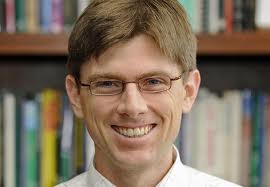
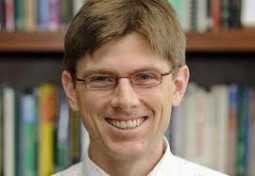 In last month’s election, Boulder voters gave the go-ahead for the city to move forward on municipalizing the electrical utility. The chief motivation for that decision was to put more renewable energy on the grid. There are a large number of policy options to incentivize renewable energy – so many that it’s hard to keep them all straight.
In last month’s election, Boulder voters gave the go-ahead for the city to move forward on municipalizing the electrical utility. The chief motivation for that decision was to put more renewable energy on the grid. There are a large number of policy options to incentivize renewable energy – so many that it’s hard to keep them all straight.  Mountainous areas like the Rockies are hotspots for plant and animal biodiversity but as the climate warms many of these species – including Colorado’s iconic pica — are under threat. Much research has focused on the effects of temperature change, but less has focused on the interactions of temperature and precipitation in a changing climate. University of Colorado biologist
Mountainous areas like the Rockies are hotspots for plant and animal biodiversity but as the climate warms many of these species – including Colorado’s iconic pica — are under threat. Much research has focused on the effects of temperature change, but less has focused on the interactions of temperature and precipitation in a changing climate. University of Colorado biologist 

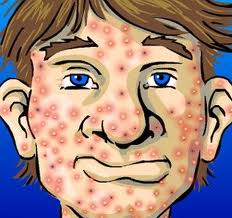 elley Schlender visited with Colorado State University Scientist and Paleolithic Lifestyle expert
elley Schlender visited with Colorado State University Scientist and Paleolithic Lifestyle expert 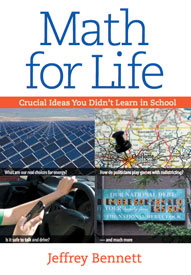
 One often hears people state “I’m not good at math” or that they don’t like math because it they don’t think it has any relevance to their day-to-day life (other than, maybe, to balance a checkbook). However, both of those myths are addressed head-on in a new book titled “
One often hears people state “I’m not good at math” or that they don’t like math because it they don’t think it has any relevance to their day-to-day life (other than, maybe, to balance a checkbook). However, both of those myths are addressed head-on in a new book titled “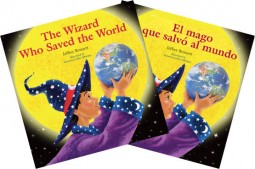
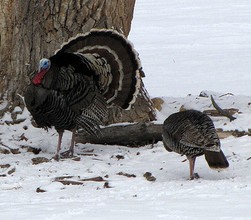

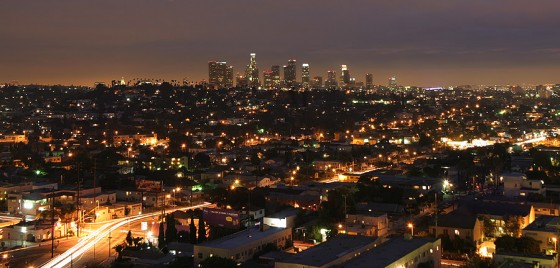
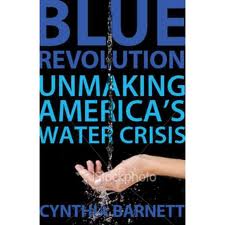
 Susan Moran has a telephone interview with
Susan Moran has a telephone interview with 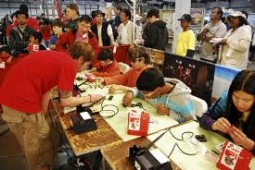 Jeff Branson of the
Jeff Branson of the 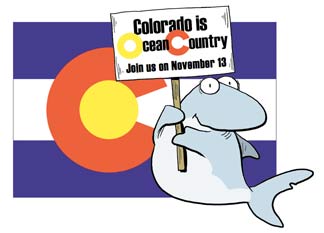
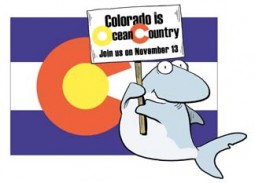 Feature #1 (time mark 5:30) When people think of Colorado, they usually don’t think about “oceans”. After all, Colorado doesn’t have much of a coastline these days, though it was definitely had oceanfront property a few hundred million years ago. However, being in a landlocked state doesn’t mean that there isn’t any thing we can do to impact the health and ecology of the ocean and marine biology. Co-host Joel Parker talks with Vicki Goldstein, founder and president of the
Feature #1 (time mark 5:30) When people think of Colorado, they usually don’t think about “oceans”. After all, Colorado doesn’t have much of a coastline these days, though it was definitely had oceanfront property a few hundred million years ago. However, being in a landlocked state doesn’t mean that there isn’t any thing we can do to impact the health and ecology of the ocean and marine biology. Co-host Joel Parker talks with Vicki Goldstein, founder and president of the 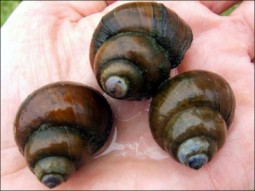 Feature #2 (time mark 14:10) Nitrogen – we can’t live without it, but you can have too much of a good thing. In its gaseous form nitrogen is harmless and makes up nearly 80 percent of the atmosphere. The worldwide population never would have reached 7 billion people without nitrogen, in the form of chemical fertilizer. But excess nitrogen –from fertilizer runoff, manure, human sewage and other sources is wreaking havoc on the environment. Co-host Susan Moran talks with John Mischler, a PhD student at CU Boulder, who is researching worms and snails in Colorado and Africa. He talks about how excess nutrients in ponds, lakes and elsewhere can lead to the spread of parasitic disease from trematodes to snails to us.
Feature #2 (time mark 14:10) Nitrogen – we can’t live without it, but you can have too much of a good thing. In its gaseous form nitrogen is harmless and makes up nearly 80 percent of the atmosphere. The worldwide population never would have reached 7 billion people without nitrogen, in the form of chemical fertilizer. But excess nitrogen –from fertilizer runoff, manure, human sewage and other sources is wreaking havoc on the environment. Co-host Susan Moran talks with John Mischler, a PhD student at CU Boulder, who is researching worms and snails in Colorado and Africa. He talks about how excess nutrients in ponds, lakes and elsewhere can lead to the spread of parasitic disease from trematodes to snails to us.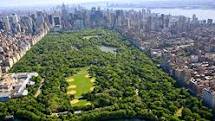

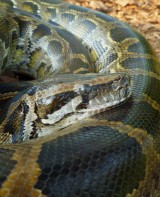

 Tom McKinnon and
Tom McKinnon and 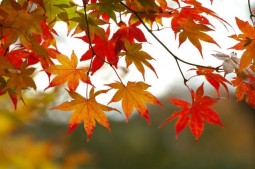 Shelley Schlender interviews
Shelley Schlender interviews 
